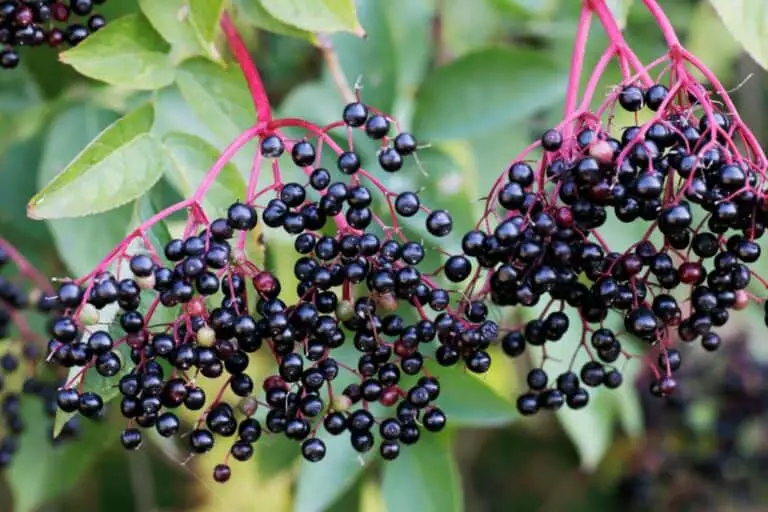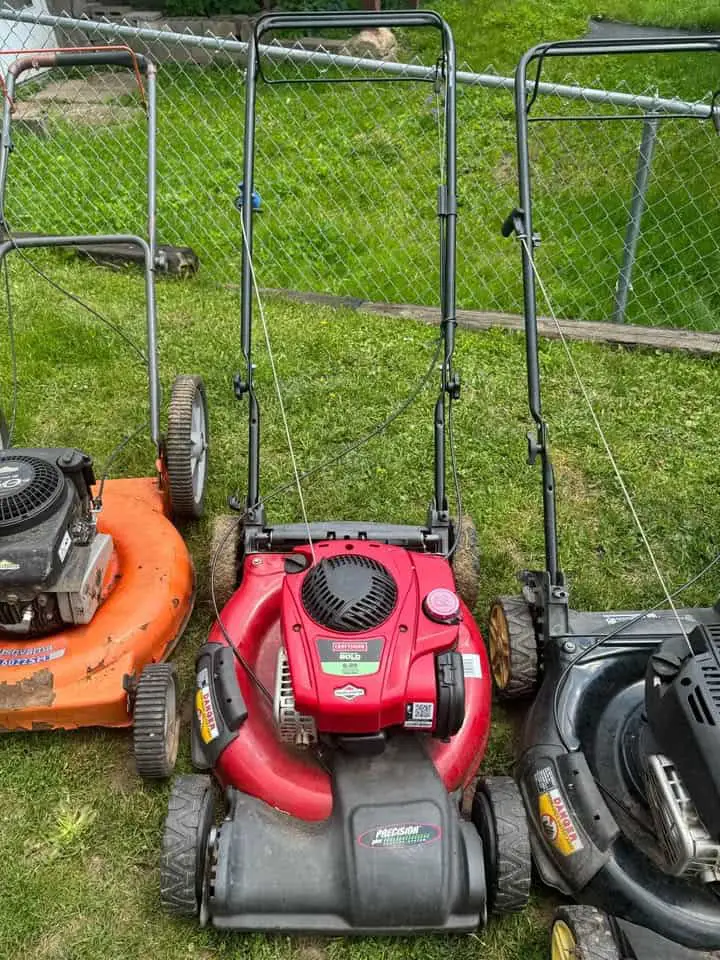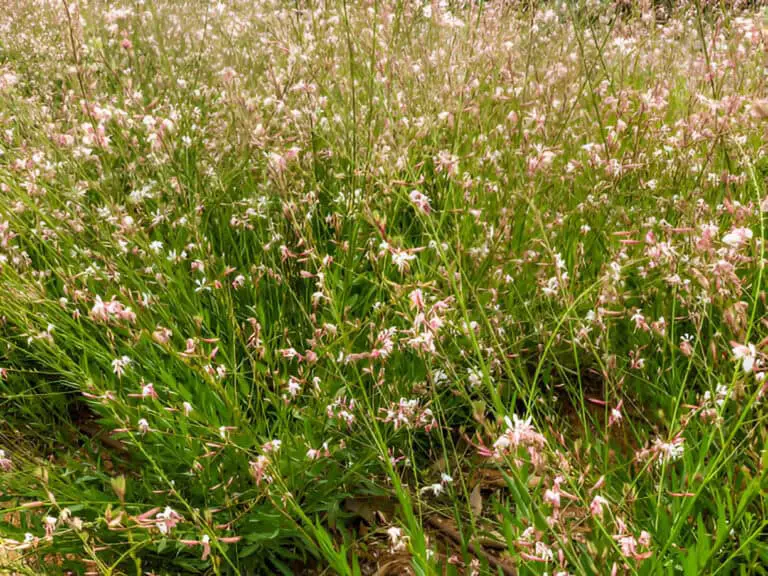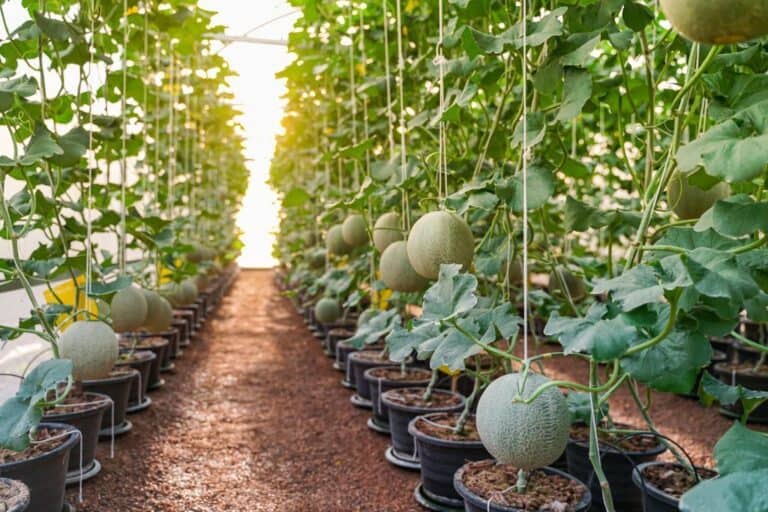The Ultimate Guide to Growing Gourds in Pots or Containers
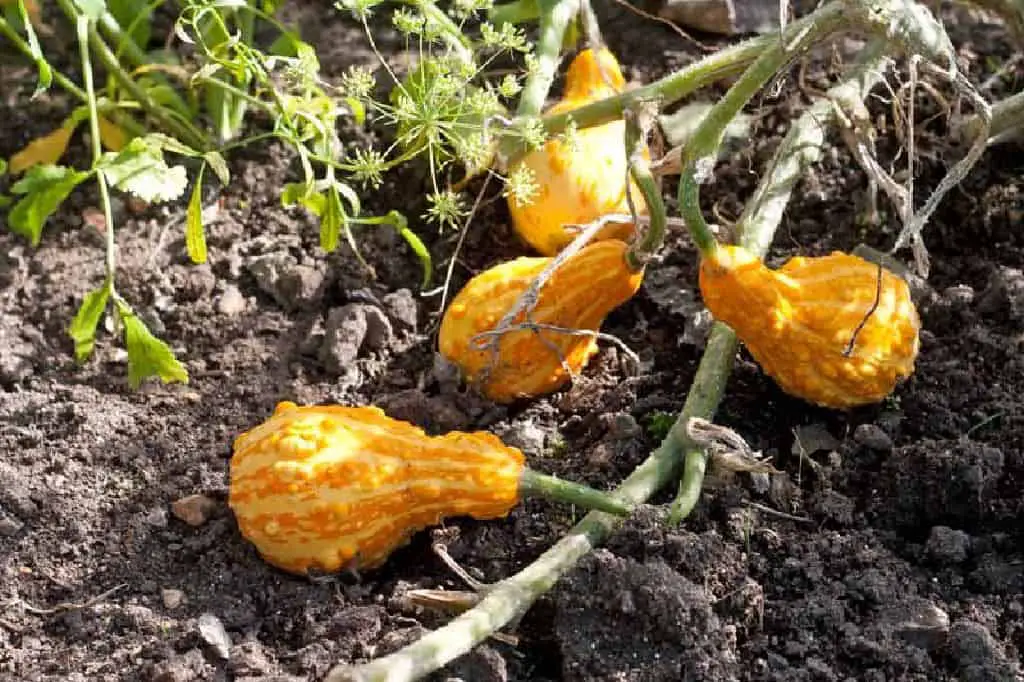
Imagine walking into your garden. You will find a mesmerizing display of gourds. They cascade from pots and containers in a vibrant array of colors and shapes. Growing gourds in small spaces, like balconies or urban apartments, may seem hard. But, with the right knowledge and techniques, it can be rewarding.
Gourds are versatile. They can be used as decorative pieces, birdhouses, or musical instruments. This makes them intriguing additions to any gardener’s repertoire. In this guide, we will dive into the world of growing gourds in pots. We will explore everything from choosing the right kinds to caring for these unique plants.
Get ready to use your creativity. Embark on a journey that will turn your home into a magical oasis full of nature’s wonders.
Advantages of Growing Gourds in Pots or Containers
Container gardening opens up a world of possibilities for cultivating gourds, providing advantages that extend far beyond traditional ground planting. The versatility inherent in growing gourds in pots or containers transcends the limitations posed by space constraints.
You might live in an urban apartment, suburban townhouse, or rural homestead with limited land. Container gardening offers a flexible way to grow gourds. You can do it without sacrificing yields or quality. It lets gardeners move containers based on sunlight and weather. This adds to the control they have over their gourd plants.
Additionally, the mobility that pot-based gourd growth offers significantly increases the convenience factor. Imagine moving your thriving gourd plant from a shaded corner to a sunny spot. You are optimizing its growth as the seasons change.
This adaptability helps plants grow better. It also gives gardeners a lot of freedom. They can make changes that traditional ground methods don’t allow. Growing gourds in container gardens adds an exciting new element to gardening. It gives you more freedom and creative options. You can also enjoy the fruits of your labor at harvest time.
Choosing the Right Container and Soil Mix for Gourds

When growing gourds in containers, picking the right vessel is crucial. It’s key for their health and productivity. Consider the size of the mature plant and opt for a container that allows ample room for root growth.
Gourds can thrive in many container types. These include large pots, wooden barrels, or even repurposed buckets. The key is that they provide enough space and drainage holes to prevent waterlogging.
Equally important is the quality of the soil and mix used in your containers. Gourds are heavy feeders that require nutrient-rich soil to flourish. A good mix drains well. It’s made of equal parts peat moss, perlite, and compost. It creates an ideal environment for gourd plants to thrive. This mix ensures good drainage. It also promotes root health without compacting. Remember, investing in high-quality soil at the beginning will yield bountiful harvests down the line.

Planting and Watering Tips
To successfully plant gourd seeds in pots, you need to plan ahead and be very accurate. First, choose a container that will work and has drainage holes to keep the soil from getting too wet. Then, fill it with a high-quality potting mix that is high in organic matter.
Carefully press the seeds into the ground, about an inch deep, making sure they are spaced out enough to grow. Cover them lightly with soil. Mist them to keep them moist without disturbing the arrangement. Put your container somewhere sunny.
Proper watering is crucial for healthy gourd plants, as overwatering can lead to root rot – their worst enemy. To strike this delicate balance, monitor the moisture levels consistently by inserting your finger into the soil; if it feels dry beyond an inch deep, it’s time to water.
If you want to avoid wet leaves in the evenings when it is cooler, water your plants in the morning. This will give the extra water time to evaporate in the sun. Remember that consistency is important. Stick to a routine that keeps the soil damp but not soggy. Getting good at these ways of planting and watering will help your gourd-growing business grow quickly and well.
You might live in an urban apartment, suburban townhouse, or rural homestead with limited land. Container gardening offers a flexible way to grow gourds. You can do it without sacrificing yields or quality. It lets gardeners move containers based on sunlight and weather. This adds to the control they have over their gourd plants.
Additionally, the mobility that pot-based gourd growth offers significantly increases the convenience factor. Imagine moving your thriving gourd plant from a shaded corner to a sunny spot. You are optimizing its growth as the seasons change.
This adaptability helps plants grow better. It also gives gardeners a lot of freedom. They can make changes that traditional ground methods don’t allow. Growing gourds in container gardens adds an exciting new element to gardening. It gives you more freedom and creative options. You can also enjoy the fruits of your labor at harvest time.
Choosing the Right Container and Soil Mix for Gourds
When growing gourds in containers, picking the right vessel is crucial. It’s key for their health and productivity. Consider the size of the mature plant and opt for a container that allows ample room for root growth.
Gourds can thrive in many container types. These include large pots, wooden barrels, or even repurposed buckets. The key is that they provide enough space and drainage holes to prevent waterlogging.
Equally important is the quality of the soil and mix used in your containers. Gourds are heavy feeders that require nutrient-rich soil to flourish. A good mix drains well. It’s made of equal parts peat moss, perlite, and compost. It creates an ideal environment for gourd plants to thrive. This mix ensures good drainage. It also promotes root health without compacting. Remember, investing in high-quality soil at the beginning will yield bountiful harvests down the line.
Planting and Watering Tips
To successfully plant gourd seeds in pots, you need to plan ahead and be very accurate. First, choose a container that will work and has drainage holes to keep the soil from getting too wet. Then, fill it with a high-quality potting mix that is high in organic matter.
Carefully press the seeds into the ground, about an inch deep, making sure they are spaced out enough to grow. Cover them lightly with soil. Mist them to keep them moist without disturbing the arrangement. Put your container somewhere sunny.
Proper watering is crucial for healthy gourd plants, as overwatering can lead to root rot – their worst enemy. To strike this delicate balance, monitor the moisture levels consistently by inserting your finger into the soil; if it feels dry beyond an inch deep, it’s time to water.
If you want to avoid wet leaves in the evenings when it is cooler, water your plants in the morning. This will give the extra water time to evaporate in the sun. Remember that consistency is important. Stick to a routine that keeps the soil damp but not soggy. Getting good at these ways of planting and watering will help your gourd-growing business grow quickly and well.
| Also see: Will a Gourd Dry if Picked Early? |
Providing Support Structures
When growing gourds in pots or containers, especially climbing types, it’s crucial to provide strong supports. These plants tend to climb and spread as they grow. Without enough support, they may tangle or fail to reach their full potential. One creative way to address this is by using trellises or vertical stakes within your limited space environment.
By vertically guiding the vine growth, you not only save precious ground space but also promote healthier airflow around the plant, reducing the risk of pests and diseases.
Another innovative method for supporting gourd vines is by repurposing old items like wooden ladders or bamboo poles. This adds a unique touch to your garden style. It also provides a sustainable solution that fits with eco-friendly gardening.
Imagine a cascade of bright gourds hanging from an upcycled ladder. It’s functional and visually striking! Embracing these unusual approaches can turn your small garden into a thriving oasis. It will be full of creativity and productivity.
Fertilizing Requirements
Nutritional needs play a crucial role in the successful cultivation of gourds in pots or containers. Potted gourd plants have specific requirements that differ from those grown in traditional garden beds. To ensure healthy growth and abundant harvests, it is essential to provide these plants with the right balance of nutrients throughout their growing season. Organic fertilizers offer an excellent solution for meeting these nutritional needs while promoting overall plant health.
When picking organic fertilizers for potted gourd plants, consider options. These include compost, aged manure, and fish emulsion. These natural sources of nutrients provide nitrogen, phosphorus, and potassium. They also improve soil and boost microbes.
You can protect the long-term health of your gourd plants without adding harmful chemicals. You can do this by using organic fertilizers in your gardening. To maintain the best growing conditions for your potted gourds, check the soil’s nutrients often. Adjust your fertilization schedule as needed.
Managing Pest Control
Gourds, with their lush vines and tender fruits, can become a target for various pests looking to feast on your prized plants. Among the most common culprits are squash bugs, cucumber beetles, and vine borers. These pesky intruders can quickly wreak havoc on your gourd crop if left unchecked. To combat these pests without using chemicals, use natural prevention strategies. They protect your plants and promote a healthy garden ecosystem.
One effective method is companion planting. Certain herbs, like basil and marigolds, repel many common garden pests. Planting these fragrant plants among your gourd containers can help deter pests.
They will also add color to your garden. Also, practice good garden hygiene. Quickly remove any diseased or damaged leaves. This can disrupt insect breeding and limit their population growth.
Stay vigilant. Use these eco-friendly tactics in your gardening. Doing so will help you grow healthy gourd plants. They will be free from pest problems.
Harvesting Techniques
Identifying the best time to harvest gourds is delicate. It can greatly affect their flavor and longevity. When it comes to container-grown plants, keen observation becomes even more crucial. One telltale sign of ripeness is the change in color; most gourds tend to develop a deeper hue as they mature.
Also, if you gently press your thumbnail against the skin, it should resist firmly. This resistance signals that it’s ready to harvest. Each gourd type has its own signs of maturity. Get to know the ones for the variety you are growing.
Finally, it’s time to harvest the precious gourds you tended in containers. Using proper techniques ensures success and future growth. Avoid yanking or pulling forcefully; instead, use sharp garden shears to cleanly cut the vine around 1-2 inches above the fruit. This approach minimizes damage to both plants and gourds. It also helps them heal and regrow, so they can keep producing.
Do Gourds Have Deep Roots?
Gourds typically have shallow root systems. These roots spread wide rather than growing deep into the soil. The shallow roots allow the plant to absorb water and nutrients from the topsoil. This makes them well-suited for many soil types, including hardpan soil, sandy soil, and loamy soil. Also, the wide roots stabilize the plant. This is especially important for vining varieties. They can grow very large and heavy.
Gourds don’t need deep soil for their roots. But, they do benefit from soil that drains well. This prevents waterlogging, which can lead to root rot. Proper watering techniques can help. For example, water at the base of the plant and avoid overhead watering.
These practices maintain the health of the shallow root system. Overall, gourds are relatively low-maintenance plants when it comes to their root systems, but they do require some attention to soil quality and watering practices to thrive.
| Read: How to Dry and Preserve Gourds Without Rotting |
How Do You Get Seeds from Gourds?
To get seeds from gourds, start by selecting a dried gourd, such as a luffa, that is fully mature and has hardened. Then, use a small hand saw or an electric saw to carefully cut an opening in the gourd. Next, remove the dried pulp from inside the gourd by pulling it out and placing it on a plate or in a bowl.
Once you have the pulp removed, separate the seeds from the papery pulp. You can do this by gently breaking apart the dried pulp and extracting the seeds. Be careful not to damage the seeds during this process.
Finally, store the seeds in a cool, sterilize seeds for long purpose, and dry place until you are ready to plant them. It’s a good idea to label the seeds with the type of gourd and the date they were harvested to keep track of them. Stored properly, gourd seeds can remain viable for several years, allowing you to plant them in future growing seasons.

